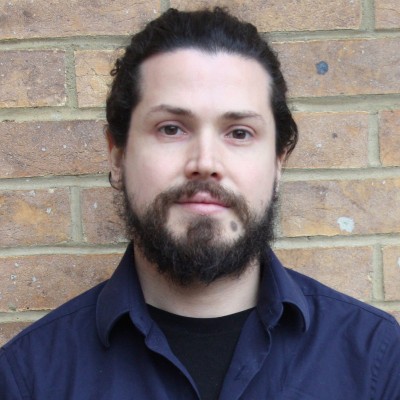What is the biggest reason drugs fail after discovery? Efficacy. Since 2010, drug candidates have been safer and more chemically sound than ever, however, these projects still fail due to the fact that the targets identified in vitro, do not translate in vivo. This is why the proper identification of drug targets which are relevant to patients, not just in vivo, is vital to the drug discovery pipeline.
CRISPR has caused a huge leap forward for the identification and validation of drug targets through the advent of functional genomics. Aloia discussed two methods of CRISPR screening: A pooled screen perturbs all cells simultaneously to identify essential genes for survival or drug resistance; In an arrayed Screen, each well contains an individual knockout, allowing for detailed mechanistic studies.
At AstraZeneca, their functional genomics platform starts with the disease question which aims to find gaps in current treatment options before identifying and validating targets that are relevant to that particular disease. To do this they use first pooled and then arrayed CRISPR screening. Their multidisciplinary strategy combines experimental methods with computational approaches such as genetic association studies, knowledge graphs, and AI-driven image analysis to prioritise targets and uncover mechanisms of action.
It is also important to investigate genetic associations to diseases. For this, Aloia pointed towards the UK Biobank as an invaluable resource to uncover genotype-phenotype associations. The Biobank contains data from a huge number of patients including their diagnosis, follow-up, lifestyle, physical measurements, habits, and more. Using these data, researchers have a wealth of information that they can use to link genes to disease.
Aloia also discusses the integration of organoid models into the functional genomics platform. Organoids, which are 3D structures derived from stem cells, are noted for their ability to better recapitulate the properties of the diseases they originate from compared to traditional 2D cell cultures. He highlights the potential of organoids for personalised medicine, particularly in patient stratification and understanding drug responses.





